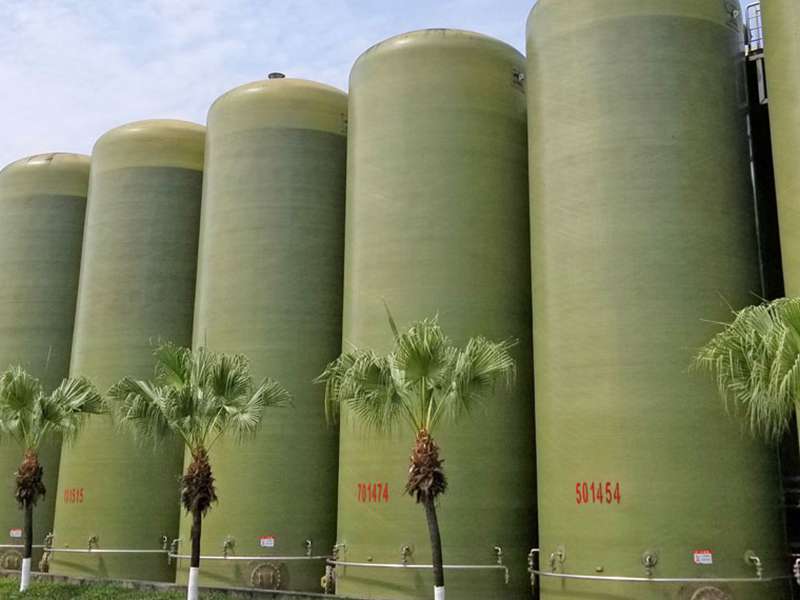
-
 Afrikaans
Afrikaans -
 Albanian
Albanian -
 Amharic
Amharic -
 Arabic
Arabic -
 Armenian
Armenian -
 Azerbaijani
Azerbaijani -
 Basque
Basque -
 Belarusian
Belarusian -
 Bengali
Bengali -
 Bosnian
Bosnian -
 Bulgarian
Bulgarian -
 Catalan
Catalan -
 Cebuano
Cebuano -
 China
China -
 China (Taiwan)
China (Taiwan) -
 Corsican
Corsican -
 Croatian
Croatian -
 Czech
Czech -
 Danish
Danish -
 Dutch
Dutch -
 English
English -
 Esperanto
Esperanto -
 Estonian
Estonian -
 Finnish
Finnish -
 French
French -
 Frisian
Frisian -
 Galician
Galician -
 Georgian
Georgian -
 German
German -
 Greek
Greek -
 Gujarati
Gujarati -
 Haitian Creole
Haitian Creole -
 hausa
hausa -
 hawaiian
hawaiian -
 Hebrew
Hebrew -
 Hindi
Hindi -
 Miao
Miao -
 Hungarian
Hungarian -
 Icelandic
Icelandic -
 igbo
igbo -
 Indonesian
Indonesian -
 irish
irish -
 Italian
Italian -
 Japanese
Japanese -
 Javanese
Javanese -
 Kannada
Kannada -
 kazakh
kazakh -
 Khmer
Khmer -
 Rwandese
Rwandese -
 Korean
Korean -
 Kurdish
Kurdish -
 Kyrgyz
Kyrgyz -
 Lao
Lao -
 Latin
Latin -
 Latvian
Latvian -
 Lithuanian
Lithuanian -
 Luxembourgish
Luxembourgish -
 Macedonian
Macedonian -
 Malgashi
Malgashi -
 Malay
Malay -
 Malayalam
Malayalam -
 Maltese
Maltese -
 Maori
Maori -
 Marathi
Marathi -
 Mongolian
Mongolian -
 Myanmar
Myanmar -
 Nepali
Nepali -
 Norwegian
Norwegian -
 Norwegian
Norwegian -
 Occitan
Occitan -
 Pashto
Pashto -
 Persian
Persian -
 Polish
Polish -
 Portuguese
Portuguese -
 Punjabi
Punjabi -
 Romanian
Romanian -
 Russian
Russian -
 Samoan
Samoan -
 Scottish Gaelic
Scottish Gaelic -
 Serbian
Serbian -
 Sesotho
Sesotho -
 Shona
Shona -
 Sindhi
Sindhi -
 Sinhala
Sinhala -
 Slovak
Slovak -
 Slovenian
Slovenian -
 Somali
Somali -
 Spanish
Spanish -
 Sundanese
Sundanese -
 Swahili
Swahili -
 Swedish
Swedish -
 Tagalog
Tagalog -
 Tajik
Tajik -
 Tamil
Tamil -
 Tatar
Tatar -
 Telugu
Telugu -
 Thai
Thai -
 Turkish
Turkish -
 Turkmen
Turkmen -
 Ukrainian
Ukrainian -
 Urdu
Urdu -
 Uighur
Uighur -
 Uzbek
Uzbek -
 Vietnamese
Vietnamese -
 Welsh
Welsh -
 Bantu
Bantu -
 Yiddish
Yiddish -
 Yoruba
Yoruba -
 Zulu
Zulu
frp boat body
Exploring the Benefits of FRP Boat Bodies
In the ever-evolving world of marine technology, the materials used in boat construction play a pivotal role in both performance and durability. One of the most revolutionary advancements in boating materials is the introduction of Fiber Reinforced Plastics (FRP) to boat body construction. This innovative material has transformed the way boats are designed, built, and maintained, offering a host of benefits that appeal to boat builders, sailors, and enthusiasts alike.
What is FRP?
Fiber Reinforced Plastic (FRP) is a composite material made from a polymer matrix reinforced with fibers, typically glass, carbon, or aramid. The combination of these materials results in a lightweight yet incredibly strong structural element, which is advantageous for various applications, particularly in marine environments.
Advantages of FRP in Boat Construction
1. Weight Reduction One of the primary benefits of using FRP for boat bodies is its lightweight nature. Traditional materials, such as wood or steel, can add significant weight to a boat, impacting speed and fuel efficiency. In contrast, FRP’s low density allows for faster designs and enhanced maneuverability on the water.
2. Corrosion Resistance Marine environments are harsh and can lead to significant wear and tear on boats made from metal or wood. Corrosion is a major concern for boat owners; however, FRP is highly resistant to both saltwater and freshwater, reducing maintenance costs and extending the boat's lifespan.
frp boat body

3. Design Flexibility FRP can be molded into complex shapes that would be difficult, if not impossible, with traditional materials. This design flexibility allows builders to innovate and create more aerodynamic and aesthetically pleasing boat designs. Customization is straightforward, catering to various preferences and purposes.
4. Durability Boats constructed with FRP are less prone to cracking or splintering compared to those made from wood or metal. The inherent toughness of FRP ensures that vessels can withstand the rigors of striking waves and paddle impacts, increasing safety for passengers and crew.
5. Thermal Insulation FRP has excellent thermal insulation properties, helping to maintain comfortable temperatures within the boat. This is particularly beneficial for leisure crafts or commercial vessels working in extreme temperatures, where crew comfort and equipment integrity are paramount.
6. Environmental Considerations As the boating industry moves towards more sustainable practices, FRP offers a more environmentally friendly option. Many manufacturers are beginning to source recyclable composite materials, thus reducing waste and promoting sustainability within the industry.
7. Cost-Effectiveness While the initial investment in FRP materials might be higher than traditional methods, the long-term benefits often outweigh these costs. Reduced maintenance and lower repair frequency lead to significant savings over the lifespan of the vessel.
Conclusion
The introduction of FRP boat bodies has led to significant changes in the boating industry, offering a multitude of benefits that enhance performance, sustainability, and user experience. As boat builders continue to explore the potential of this versatile material, we can expect to see even more innovative designs and applications in the future. Whether for leisure, commercial use, or competitive sailing, the advantages of FRP make it an ideal choice for the modern boating enthusiast, paving the way for a buoyant and efficient future on the water.
Latest news
-
Exploring the Benefits of Top Hammer Drifter Rods for Enhanced Drilling PerformanceNewsJun.10,2025
-
High-Precision Fiberglass Winding Machine for GRP/FRP Pipe Production – Reliable & Efficient SolutionsNewsJun.10,2025
-
FRP Pipes & Fittings for Shipbuilding - Corrosion-Resistant & LightweightNewsJun.09,2025
-
Premium FRP Flooring Solutions Durable & Slip-ResistantNewsJun.09,2025
-
Premium Fiberglass Rectangular Tanks Durable & Lightweight SolutionNewsJun.09,2025
-
Tapered Drill String Design Guide Durable Performance & UsesNewsJun.09,2025









